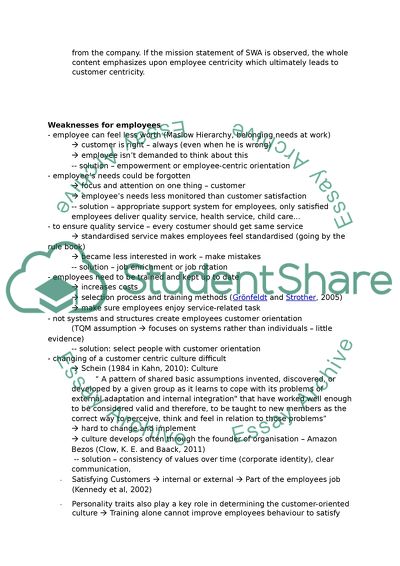Not Found (#404) - StudentShare. https://studentshare.org/marketing/1766981-strengths-and-weaknesses-of-customer-centric-culture
Not Found (#404) - StudentShare. https://studentshare.org/marketing/1766981-strengths-and-weaknesses-of-customer-centric-culture.


